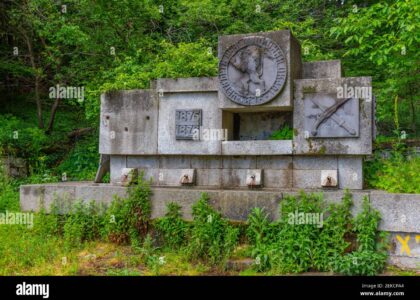Welcome to the Arboga Assembly Center Memorial Site and Interpretive Center, a poignant reminder of a challenging chapter in American history. Located in Olivehurst, California, this site once served as a migrant farm workers’ camp during the 1930s. However, its role drastically shifted in 1942 following the issuance of Executive Order 9066 by President Franklin D. Roosevelt. This order led to the forced removal and incarceration of approximately 120,000 Japanese Americans, many of whom were U.S. citizens. Arboga became a temporary holding site for over 2,500 Japanese Americans from the local area, awaiting transfer to more permanent internment camps.
As you explore the site, imagine the lives uprooted here. Families were forced to abandon their homes, businesses, and communities, facing an uncertain future. Despite these hardships, the Japanese American community displayed remarkable resilience and solidarity. The Arboga Assembly Center was a place of profound personal stories and communal endurance.
One significant figure associated with these events is Helen Hannan Parra, who, as a child, experienced the closing of the Amache internment camp and later Tule Lake, where her family was held. Her story, among others, is shared in her co-authored book, ‘Two Days and One Suitcase’.
Over the decades, the site evolved from a place of confinement to a space of remembrance and education. Thanks to efforts from the Yuba Sutter Arts & Culture and the Marysville Japanese American Citizens League, along with grant support, the site was developed into a memorial and interpretive center. It was designated as a California State Historical Landmark in 2009 and dedicated in 2010.
Today, the Arboga Assembly Center Memorial Site serves as a crucial educational tool. It reminds us of the fragility of civil liberties during times of crisis and the importance of safeguarding the rights and freedoms of all individuals. As you walk through the site, reflect on the enduring impact of these historical events on families, communities, and the nation. Remembering these stories not only honors those who lived them but also ensures that such injustices are never repeated.





